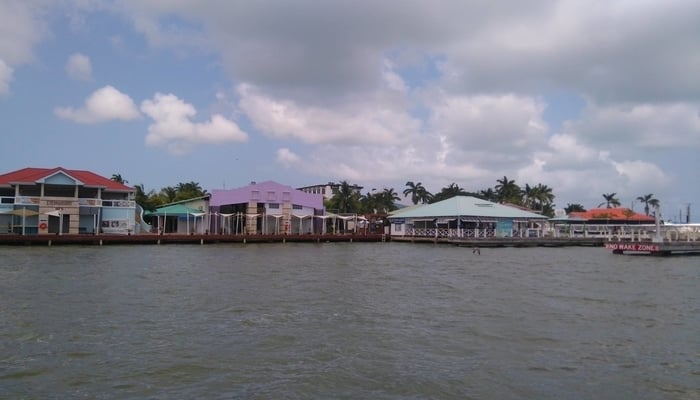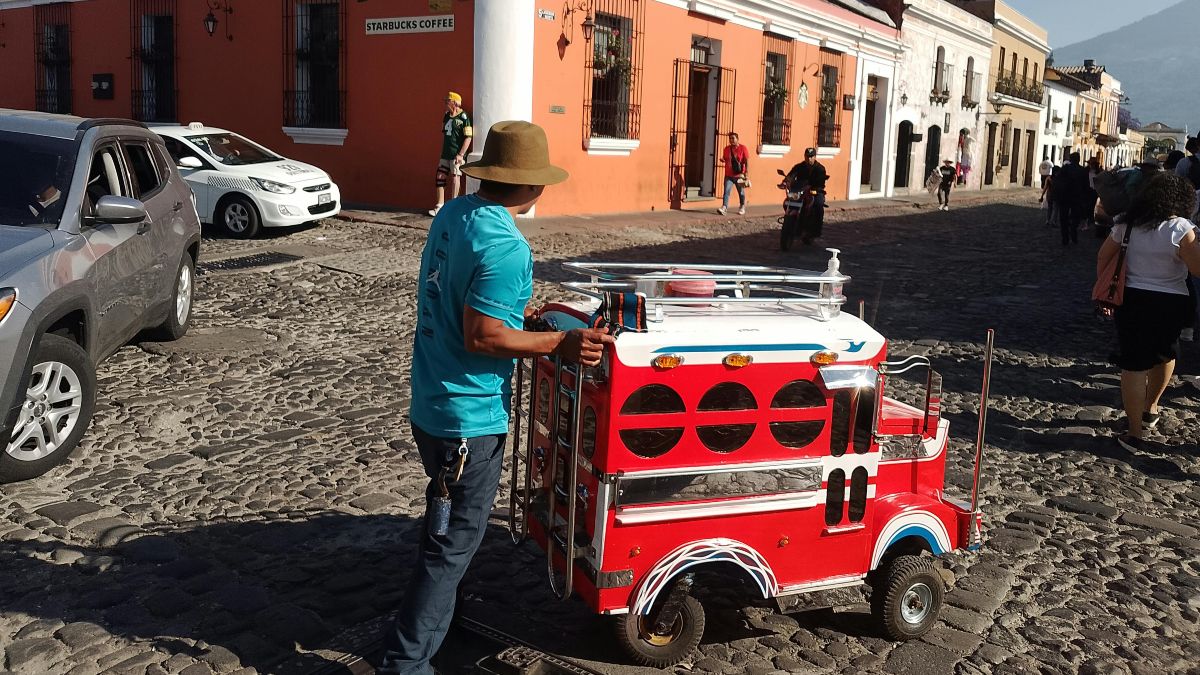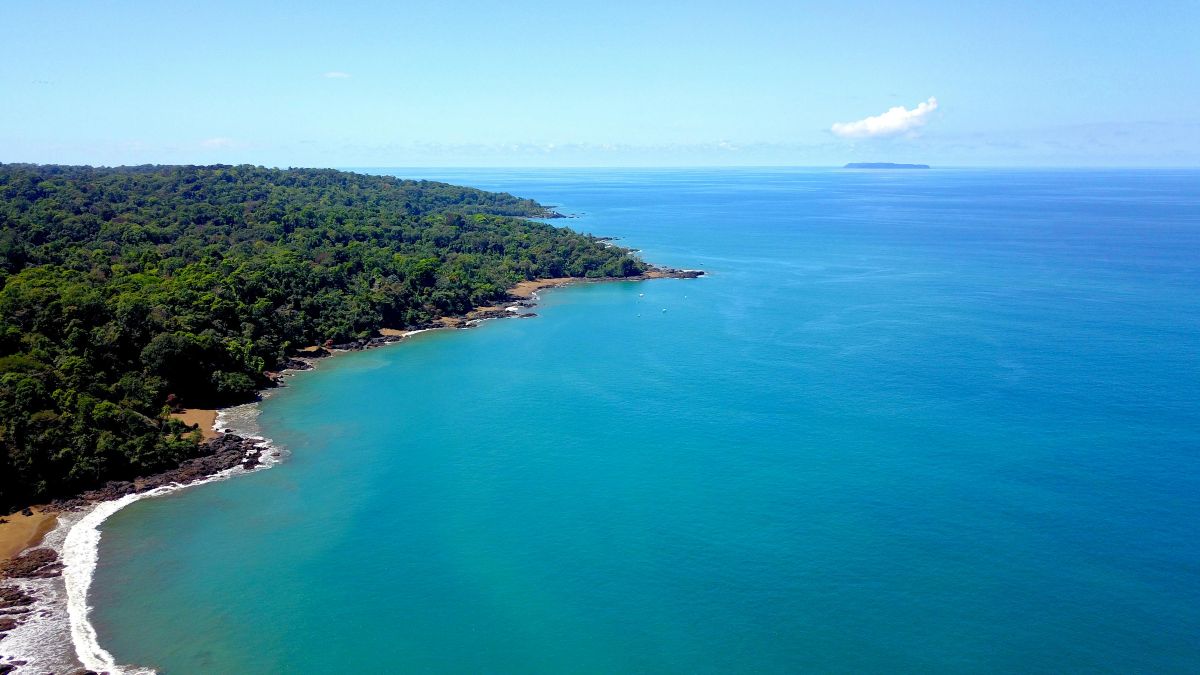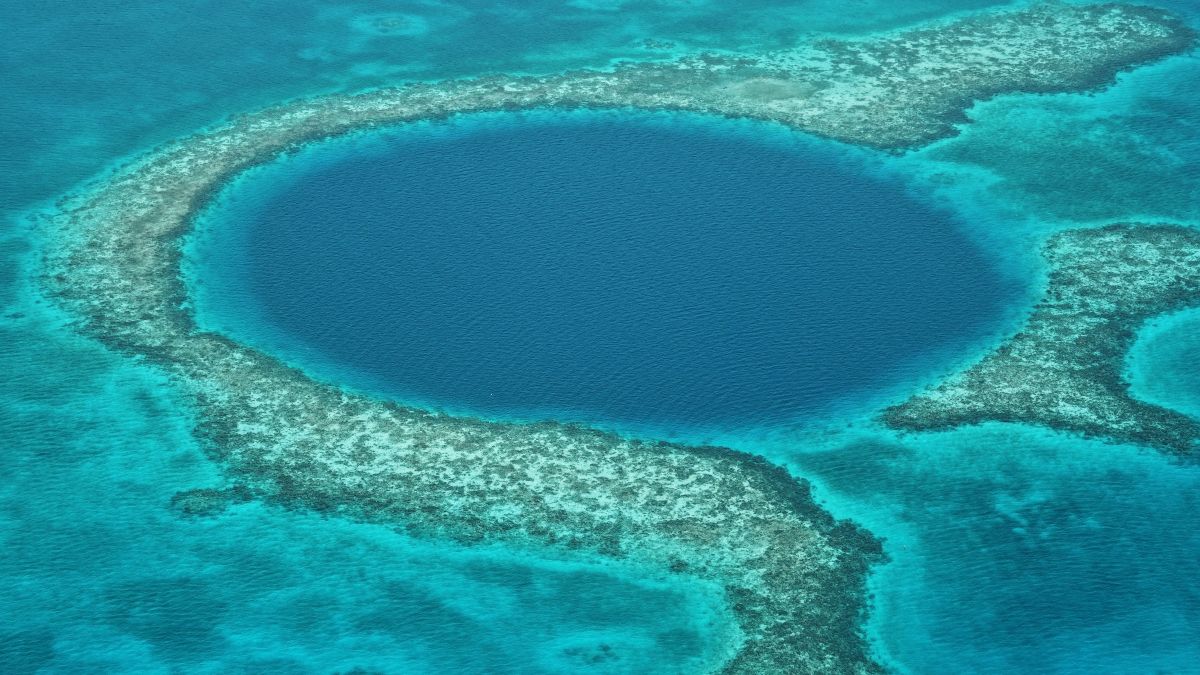After a number of recent high-profile tourist/expat homicides, we look at crime in Belize and try to determine how safe it actually is right now. This article contains a link (or links) to Amazon, from which, as an Amazon Associate, this website will earn a small commission if you make any purchases.
If you read the US State Department’s OSAC (Overseas Security Advisory Council) Crime & Safety Report for Belize in 2018, you’ll see the words “exercise increased caution”.
I would argue you should exercise caution no matter where in the world you travel.
??Check out OSAC’s 2018 Crime and Safety Report on Belize to learn the most up-to-date traveler security information. Read it here: https://t.co/crTR6zsohu
— OSAC (@OSACState) January 31, 2018
My lifetime travels have taken me around the world for forty years, and around Belize for eight years.
My first trip to Belize took me to Ambergris Caye and my research told me the usual stuff. Don’t look wealthy, don’t flash cash, don’t get too drunk, and so on. This is the generic advice I’d give to people traveling anywhere.
What my research didn’t tell me was about gunfire at night and conflicts at the Mexican border between drug runners. About bodies floating to shore and military personnel walking the beaches with automatic weapons. I never heard any of that stuff before arriving.
But I heard all these stories on Ambergris Caye and my protective nature kicked my alertness up two notches while I was there.
The overwhelming majority of violent crime victims in Belize are Belizeans themselves, but recent years have seen an increase in these types of crimes against tourists and expats.
Tourists in Belize are often victims of theft, but few experience real violence.
Most foreign crime victims don’t realize they’re victims until they wake up and find out. We often hear “I woke up and my computer/phone/purse was missing. I should have closed and locked the door/windows.”
My fear is, at some point, occupants will confront a suspect who enters a property and it’ll get violent.
It’s no secret that Belize City is a cesspool of crime, with gang conflicts and shootings almost daily. It’s Belize City that makes Belize’s homicide rate so high (more on that below).
Increased level of Crime in Two South-side communities of Belize City force Government to Declare a State of Emergency in the areas. Plan is to increase Police Presence and Power of Authority. https://t.co/DOPUhxwZrt
— Ambergris Today (@ambergrisnews) September 5, 2018
But we are now witnessing more serious crimes creep into the south and out to the islands where the tourists go. This should be a concern as Belize survives on tourism. I’m not sure if the recent decline in tourists is because of sargassum or increasing crime or both.
Murders of foreign nationals have increased over the past few years.
Until recently, the only notable murder involvement by a US citizen was the bizarre John McAfee situation on Ambergris Caye back in 2012.
But since 2016 several foreigners have been murdered in Belize. In January 2016, a vacationing news anchor from Chicago died in Cayo District. This murder remains unsolved. Authorities say it’s complicated because of the proximity to the Guatemala border.
Corozal District saw an incident last year with the discovery of a local expat couple found strangled in a cane field. One was Canadian and the other from the US. To date, there has been little released about this double murder or any hope of solving it.
A year ago, in a remote sugar cane field near the Mexican border, a farmer found the bodies of Drew DeVoursney and his girlfriend Francesca Matus. They had been missing for nearly a week. The killings drew international media attention but remain unsolved. https://t.co/FQFt9PRVaS
— Stars and Stripes (@starsandstripes) May 30, 2018
An expat in Placencia was also strangled in December 2017, found next to her rental vehicle. She had lived in the area for years and was selling her home. Again, little news about this case or any arrests or convictions so far.
In May 2018, a gunman shot dead a Texan expat in his popular San Pedro restaurant in the early evening. Like the previous cases mentioned, no leads or convictions, which seems to be the norm.
Business owner Lamont Lipka shot and killed in San Pedro – The San Pedro Sun https://t.co/rambnluOZE via @SanPedroSun
— The San Pedro Sun (@SanPedroSun) May 14, 2018
And then just this month, a US retiree living in Hopkins was found, although arrests have been made in this case. The question is, will they stick?
Some will say one or two expat murders a year in Belize is nothing compared to cities back in the US.
I say considering Belize only has a population of 350,000, “one or two expat murders” should be a major concern.
Remember, we’re only talking about foreigners murdered here. When you include them with the total number of murders (142 in 2017) in a country with the population of Tampa, Florida, you have one of the highest homicide rates in the world. As already mentioned, the overwhelming majority of violent crime victims in Belize are Belizeans.
Who knows the circumstances of these crimes mentioned above. Drugs? Robbery? Business dealings? Or were they just in the wrong place at the wrong time?
#BreakingNews #BelizeNews #StannCreekNews – The body of Sherris Stringham was found last night by Police Officers near Pomona Village, 4 minors and 1 eighteen year old are said to be in Police Custody…. https://t.co/EWrcbLmyKs
— Que Pasa Corozal (@QuePasaCorozal) September 1, 2018
My advice to those planning to visit or live in Belize is to always be aware. Know of your surroundings, and be aware of the people you meet, party with, and live by.
It’s been a few years now since I moved to Belize and I think I’ve assimilated well into my local community. I treat everyone the same, ask for help, and return the favor.
I’m very serious about me and my wife’s personal safety. Our house is secure, with solid windows, doors, locks, outside lights and more.
As far as if it’s safe to come to Belize, I say yes as long as you keep your eyes open and your wits about you. Respect your surroundings and try to become one with your community.
Crime Stoppers Belize says WE can be more active in the fight against CRIME! Check out how we can all use Crime… http://t.co/85asUnyi
— Ambergris Today (@ambergrisnews) August 31, 2012
If you’re moving here, get involved with a Neighborhood Watch scheme – they do exist here. Become part of the Facebook community, like our Placencia Crime Watch group so you know what’s happening in your area. Sticking your head into the sand of one of our beautiful Caribbean beaches is not the best way to go.
The best thing you can have at home to keep you safe is a big dog. Nothing says Keep Out like a sign that says “I can make it to this gate in 2.3 seconds, can you?”
Related:
Recommended Reading:
Gary Peterson lives on the Placencia Peninsula, Belize, where he writes books about Central America and the Caribbean. Read more of Gary’s work on his blog.




